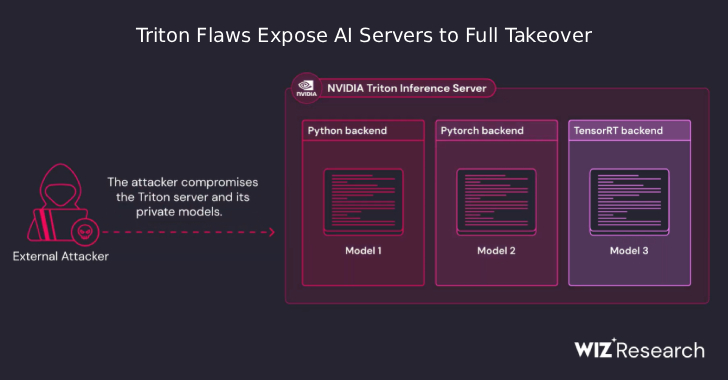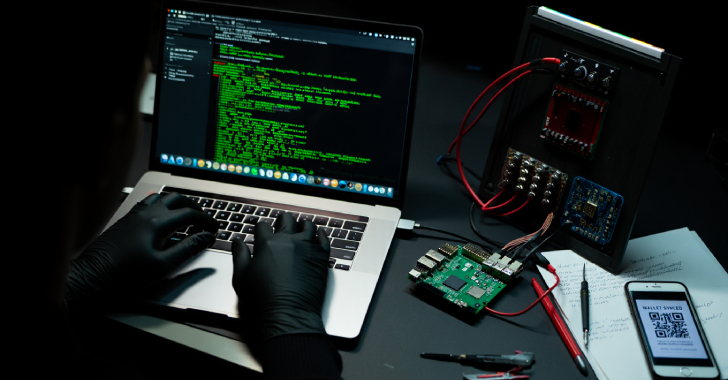
Why You Shouldn’t Ignore Social Engineering Testing
When it comes to cybersecurity, most of us immediately think of firewalls, antivirus software, and secure passwords. These are all critical components of a robust cybersecurity strategy. However, the human element is often overlooked, and it’s precisely here that vulnerabilities can arise. Enter the realm of social engineering testing – a crucial defense tool that can help safeguard your organization against the unpredictable factor of human behavior.
Understanding Social Engineering
Social engineering is the art of manipulating individuals into divulging confidential information or performing certain actions that compromise security. Instead of exploiting software or hardware vulnerabilities, cybercriminals exploit human weaknesses – such as trust, fear, or simple ignorance.
Examples of social engineering tactics include phishing emails that pose as legitimate requests from banks or other organizations, phone calls from “tech support” claiming to have found an issue with your computer, or even in-person impersonation of staff members or contractors to gain physical access to a building.
The Necessity of Social Engineering Testing
So, why should you prioritize social engineering testing? Here are some compelling reasons:
1.Humans are the Weakest Link
Studies consistently show that human error is a leading cause of security breaches. Whether it’s an employee opening a suspicious email, sharing passwords, or leaving sensitive information unattended, the actions (or inactions) of people can introduce significant vulnerabilities.
2.Rising Sophistication of Attacks
Modern cyber attackers are savvy, and their methods have evolved. Gone are the days of easily spotted fake emails; now, phishing emails can perfectly mimic those from trusted organizations or even colleagues. Attackers can use personal information scraped from social media or other sources to craft incredibly convincing narratives.
3.Holistic Security Posture
A comprehensive cybersecurity strategy covers both technical and human vulnerabilities. While it’s crucial to ensure that your systems and software are up-to-date with the latest patches and defenses, it’s equally essential to ensure that employees and other stakeholders are aware of the threats they might face and know how to respond.
4.Regulatory and Compliance Implications
Many industries are subject to strict regulations concerning data protection and cybersecurity. Regular social engineering tests can help demonstrate compliance and commitment to stakeholders and regulators.
Implementing Social Engineering Testing
Now that the importance is clear, how do you go about implementing social engineering testing?
- Understand Your Goals
Are you testing to identify vulnerabilities within your organization? Or, perhaps you’re trying to ensure that recent training programs are effective? Determining your primary objective will shape the design of your tests.
- Design Realistic Scenarios
The more real-world your tests are, the better. This might include creating fake phishing emails based on current events or mimicking common tactics used by cybercriminals. By confronting employees with genuine-looking threats, you’ll get a clearer picture of their real-world responses.
- Continuous Training and Feedback
The goal of social engineering testing isn’t to catch employees out or penalize them. Instead, it should be used as an educational tool. After conducting tests, it’s vital to provide feedback and training to close any identified knowledge or behavior gaps.
- External Expertise
Consider bringing in external experts to conduct tests. They bring an outsider’s perspective, which can help identify vulnerabilities that might be overlooked internally.
Conclusion
In an age where data is a valuable commodity and cyber threats are ever-evolving, no organization can afford to neglect the human side of security. By incorporating social engineering testing into your broader cybersecurity strategy, you’re taking a proactive step towards securing not just your technical infrastructure but also the people who use it every day. Remember, the key is not to assign blame but to illuminate vulnerabilities and transform them into strengths through education and awareness. Don’t wait for a real attack to expose weaknesses; use social engineering testing as your crystal ball to foresee and forestall potential breaches.
Contact Cyber Defense Advisors to learn more about our Social Engineering Testing solutions.





